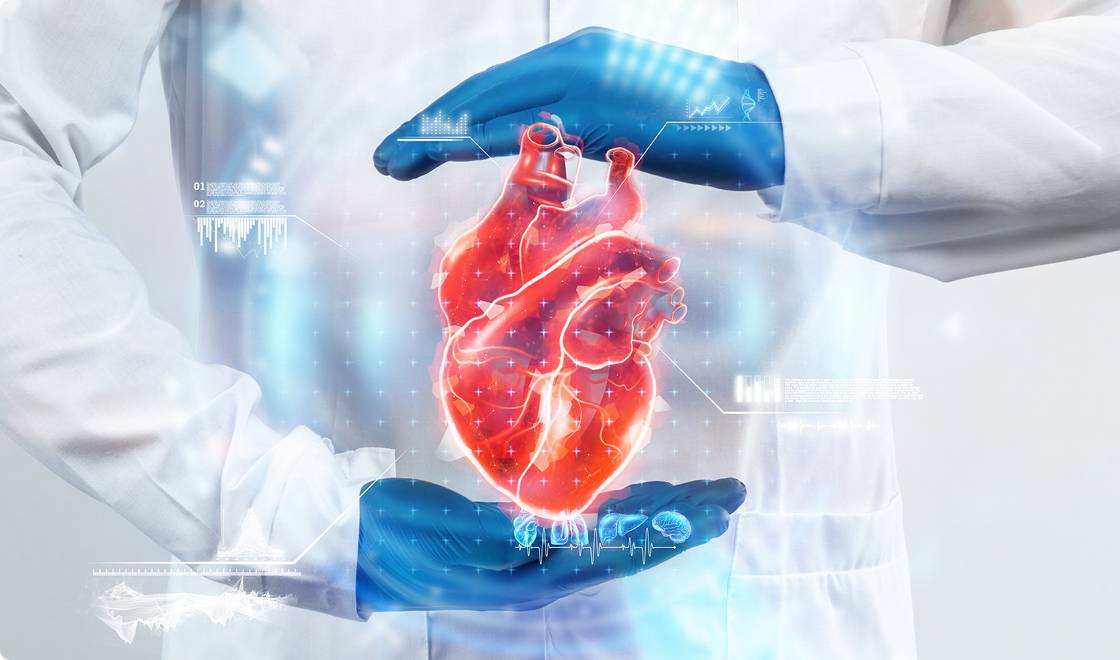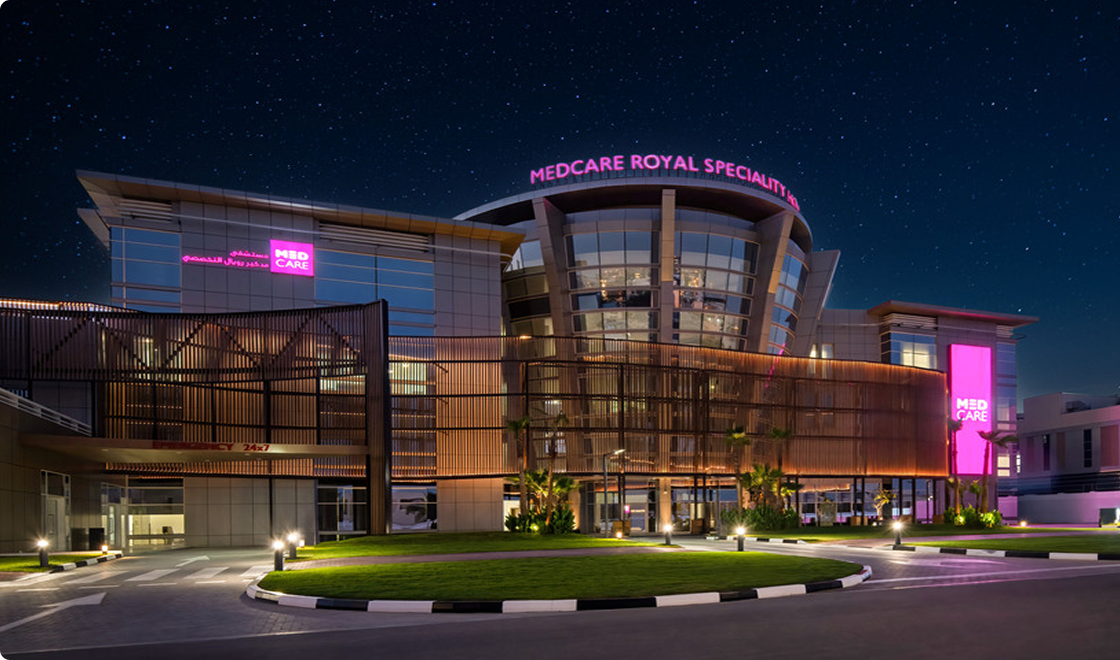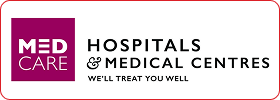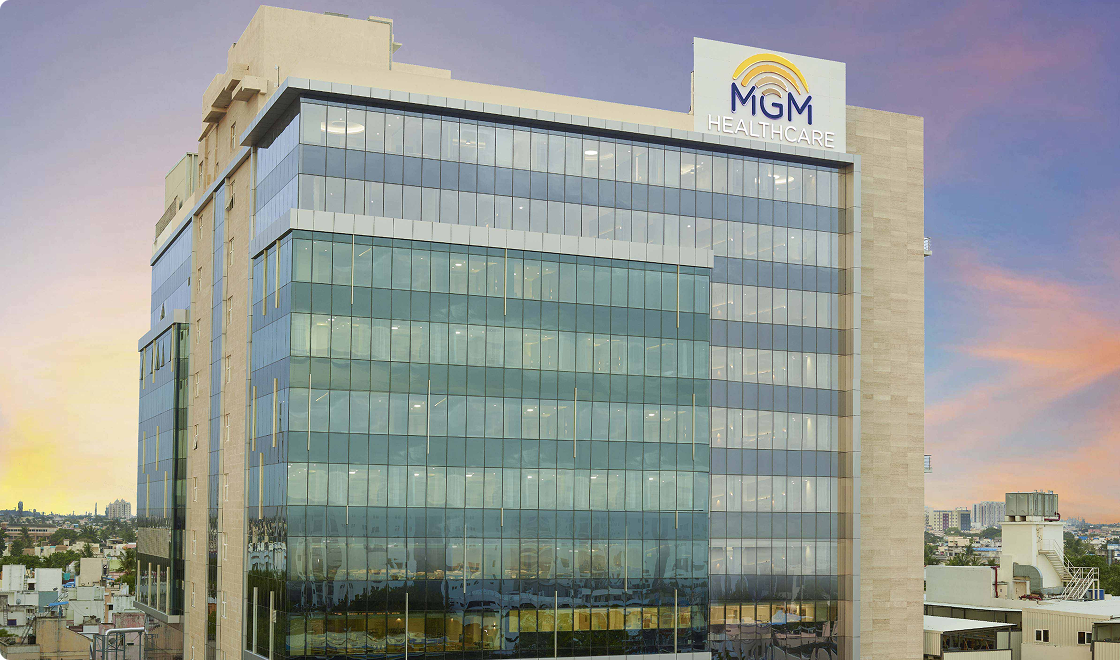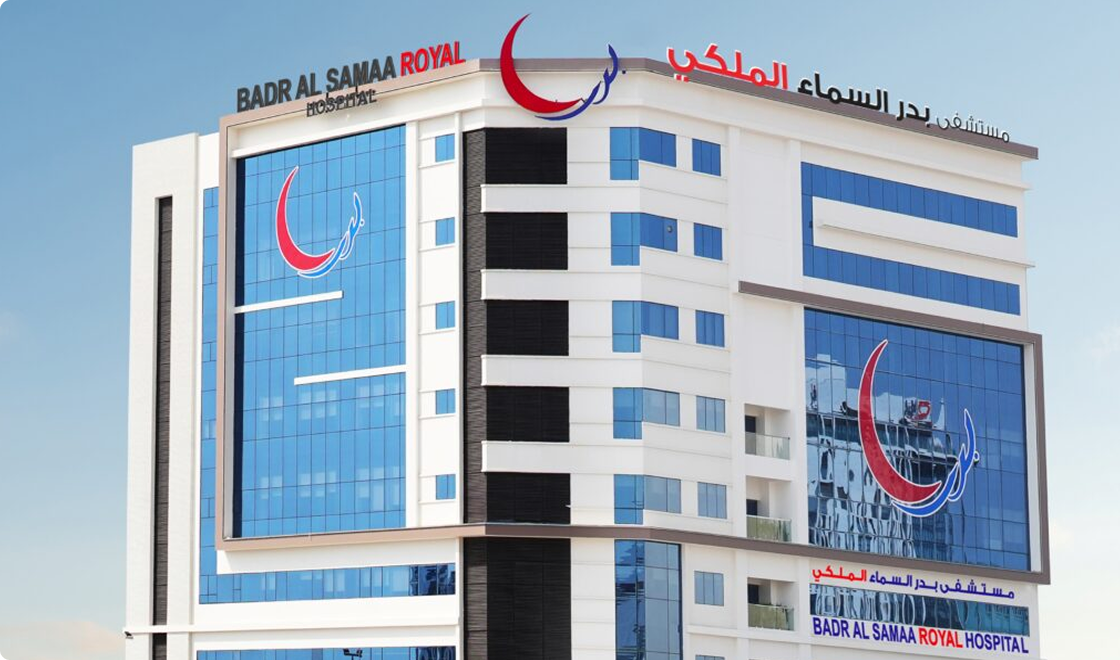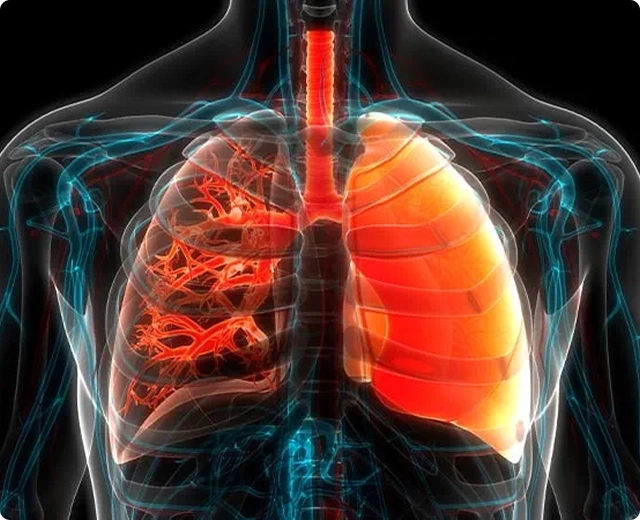
Pulmonary Hypertension Treatment – Expert Care
What is pulmonary hypertension? It is a serious condition where high blood pressure develops in the arteries of the lungs, affecting heart function and oxygen delivery. There are five types: Pulmonary Arterial Hypertension (PAH), PH due to left heart disease, PH due to lung diseases, Chronic Thromboembolic Pulmonary Hypertension (CTEPH), and PH with unclear multifactorial mechanisms.
Early management of pulmonary hypertension is vital to prevent complications like right heart failure, arrhythmias, and reduced quality of life. Our clinic offers expert diagnosis and tailored therapies, ensuring effective care even in advanced cases, minimizing risks associated with complications if left untreated.
Signs and Symptoms of Pulmonary Hypertension

Shortness of breath during daily activities or exertion, even while performing simple tasks like walking or climbing stairs.

Chest pain or tightness during physical effort is caused by reduced blood flow and increased pressure in the lung arteries.
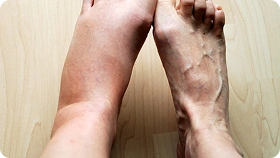
Swelling in legs, ankles, or abdomen due to fluid accumulation, a sign of right-sided heart strain or failure.

Dizziness is linked to poor oxygenation, reflecting insufficient blood flow to the brain.
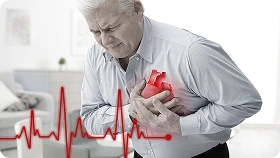
Rapid heartbeat or palpitations, stressing heart function, as the heart works harder to pump blood through narrowed pulmonary arteries.
Seeking early medical consultation is essential for timely diagnosis and proper management of pulmonary hypertension.
Pulmonary Hypertension Diagnosis
Accurate pulmonary hypertension diagnosis is critical for determining the severity of the condition and selecting appropriate treatment strategies. An initial assessment typically includes echocardiography to visualize heart structure, function, and detect elevated pressure in the pulmonary arteries. This non-invasive test helps identify early signs suggestive of pulmonary hypertension.
For definitive diagnosis, right heart catheterization remains the gold standard, measuring lung pressure directly and evaluating cardiac output. Additional tests like CT scans assess lung diseases contributing to the condition, while the 6-minute walk test measures exercise tolerance and symptom impact. These results guide personalized treatment planning.
Our Approach to Pulmonary Hypertension Treatment
Effective management of pulmonary hypertension involves a personalized treatment strategy based on the patient’s specific disease severity, symptoms, and overall health status. A specialized pulmonary hypertension team conducts thorough evaluations, including diagnostic tests and risk assessments, to create a tailored care plan. This approach combines targeted medications, oxygen therapy, and lifestyle modifications to control symptoms and slow disease progression. Regular follow-ups ensure timely adjustments, helping maintain cardiac function, prevent complications, and improve the patient’s long-term quality of life.
Mild Pulmonary Hypertension Treatment
Mild pulmonary hypertension (PAH) typically presents with minimal or no symptoms, though some patients may experience shortness of breath or fatigue during exertion. Treatment focuses on slowing disease progression using vasodilators or calcium channel blockers. Lifestyle adjustments, routine monitoring, and early medical therapy help maintain heart function and reduce future complications associated with mild PAH.
Moderate Pulmonary Hypertension Treatment
Moderate pulmonary hypertension includes symptoms like chest discomfort, breathlessness, and decreased exercise tolerance. Treatment involves targeted drug therapies such as endothelin receptor antagonists, phosphodiesterase inhibitors, or prostacyclin analogs to ease symptoms and limit disease advancement. Regular specialist assessments guide medication adjustments, helping stabilize heart and lung function and delay severe disease progression.
Severe Pulmonary Hypertension Treatment
Severe pulmonary hypertension presents with persistent breathlessness, swelling, and reduced physical ability, even at rest. Management includes high-dose vasodilator drugs, prostacyclin infusion, or combination therapy for advanced cases. When medications no longer control symptoms effectively, surgical interventions such as lung transplantation become necessary. Continuous monitoring ensures timely escalation of care in severe PAH.
Disease Management and Support
Our clinic offers comprehensive treatments for pulmonary hypertension, including disease-specific medication regimens tailored to each patient’s condition. Oxygen therapy is provided when required to improve blood oxygen levels and reduce strain on the heart. Additional supportive measures, such as diuretics to manage fluid retention and anticoagulants to prevent clot formation, help control symptoms and enhance daily functioning. This multi-faceted approach ensures optimal disease control and improves patient quality of life.
Why Choose Our Clinic for Pulmonary Hypertension Management
Pulmonary Hypertension Specialists
Experienced multidisciplinary team offering expert care for all forms and stages of pulmonary hypertension.
Personalized Treatment
Customized therapy plans based on individual risk factors, disease severity, and patient lifestyle needs.
Advanced Diagnostics and Treatment
Access to cutting-edge imaging, right heart catheterization, and evidence-based medical therapies.
Comprehensive Care Approach
Integrated medical management with lifestyle counseling, rehabilitation, and long-term follow-up services.
Global Service Presence
Available in Chennai, Mumbai, Dubai, and Oman, ensuring convenient access to specialized care.
Our Locations
Discover morefrequently asked questions
-
Stage 4 pulmonary hypertension is the most advanced form of the disease, marked by severe limitations in physical activity and symptoms such as breathlessness at rest, chest pain, and fatigue. Patients in this stage often require continuous medical therapy and close monitoring to manage complications.
-
Right heart catheterization is considered the gold standard for diagnosing pulmonary hypertension. It directly measures pulmonary artery pressures and heart function, confirming the severity of the disease. Other tests like echocardiography and CT scans support the diagnosis but are not definitive.
-
Treatment depends on the disease stage and patient condition, including vasodilators, endothelin receptor antagonists, and prostacyclin analogs to reduce artery pressure. Oxygen therapy, diuretics, and anticoagulants may also be used to manage symptoms and improve quality of life.
-
Pulmonary hypertension is typically a chronic condition requiring long-term management. While there is no complete cure, timely diagnosis, medications, lifestyle changes, and supportive therapies can slow disease progression and significantly enhance a patient’s quality of life.

